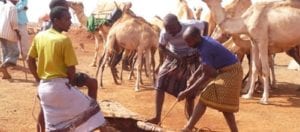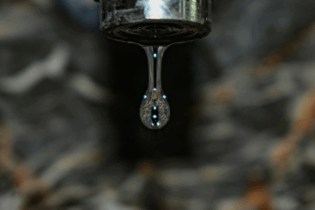The African Water Facility (AWF) has offered a EUR 3-million grant to the Republic of Somalia to contribute towards project designed to build climate change resilience and reduce water stress in Somaliland.
Expected to improve the management of water resources, it is hoped the project will also attract investments to build water infrastructure and improve water services. About 3.5 million rural and urban people stand to benefit from the project, as well as 2 million nomadic farmers. The grant will support planning for water resources management and investment and will assist water security, enhancing ongoing efforts to recover from the impacts of drought, improve livelihoods and support economic recovery. It will in addition assist to attract investments in multipurpose water uses, integrated water supply for the rural population and livestock, rural sanitation and hygiene, urban water supply and sanitation, small-scale high-value irrigated crop production and disaster mitigation.Dr. Akissa Bahri, coordinator of the AWF comments,“This project is a critical step in Somalia’s efforts to protect its farmers and a large section of its population from the impacts of climate change since their livelihoods are dependent on the availability of water for their. It is a key step in attracting the kind of future investments in water resources management needed to make catastrophic droughts a thing of the past.”
The livelihoods and lives of Somalis are dependent on highly vulnerable water infrastructure at the mercy of intense climate variations. About 60% of the population of Somaliland mainly accesses water through make-shift wells and streams. In addition, as an agrarian society, water is crucial for maintaining livestock. In 2010-2012 Somalia suffered one of its most serious droughts in recent memory, resulting in the herd size reductions, putting 250 000 people at risk of starvation. The lack of development and poor management of water resources is the leading cause of these and other vulnerabilities to drought, and one of the key constraints to improving livelihoods and economic development in the country.







